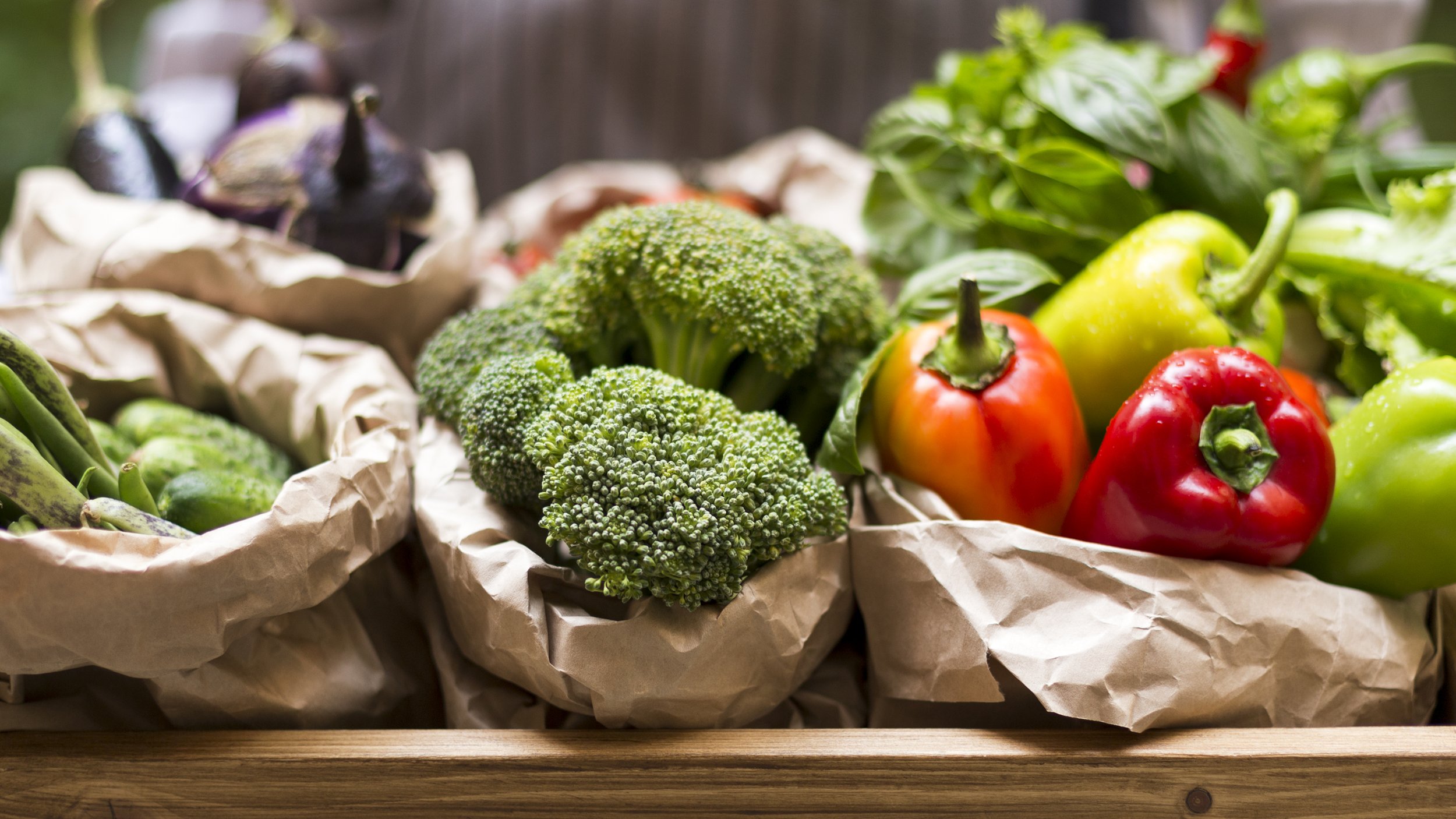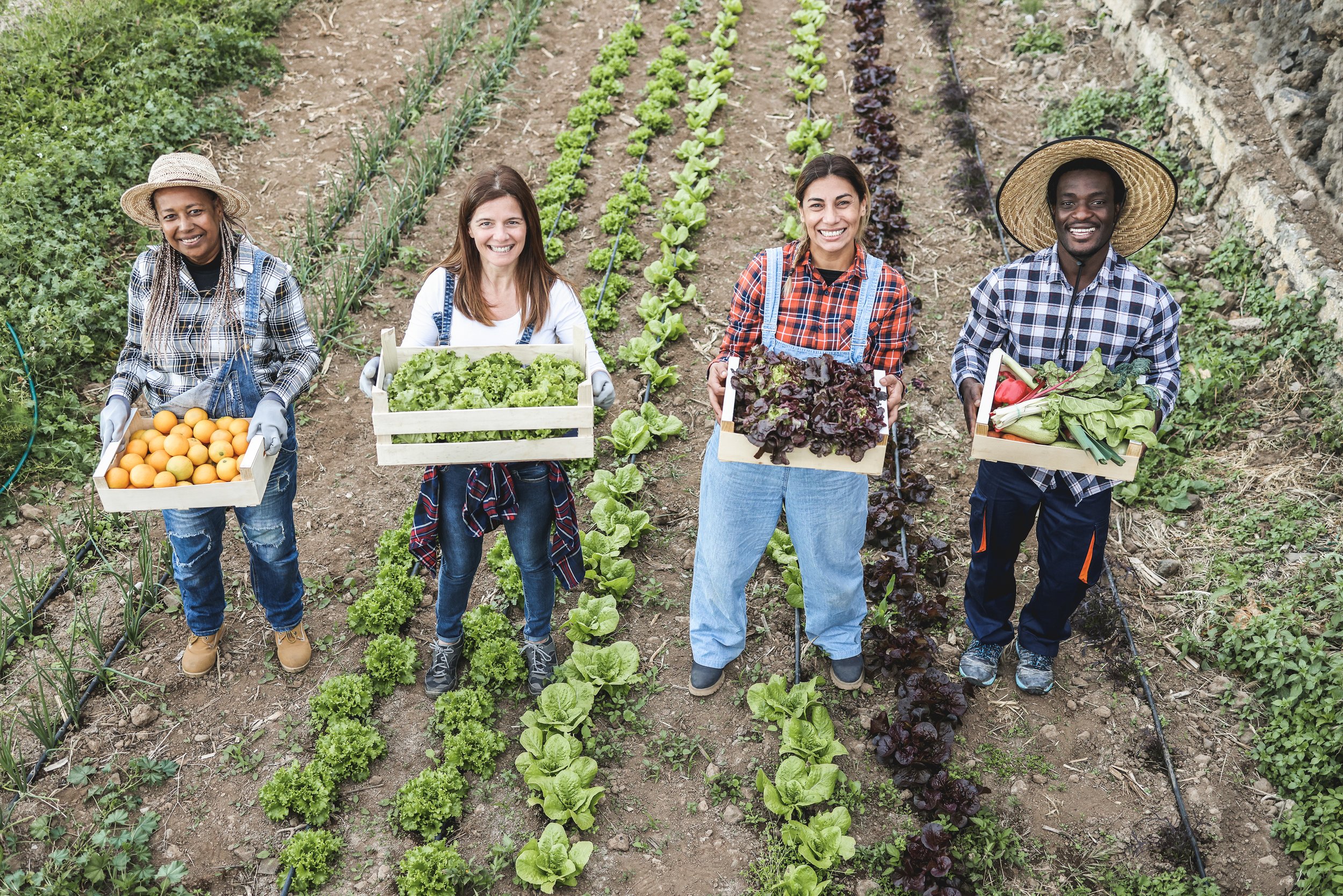
Local markets
Local markets play a pivotal role in fostering vibrant communities and sustaining regional economies. These markets, often bustling hubs of activity, serve as more than just places to buy and sell goods—they are the heartbeats of neighborhoods, connecting residents with local producers, artisans, and entrepreneurs.
The importance of local markets extends beyond economic transactions; they contribute to a sense of community identity, providing spaces for social interactions and cultural exchanges. By offering fresh and diverse products, local markets support sustainable practices, reduce environmental impact, and promote healthier lifestyles.
Moreover, these markets serve as platforms for small businesses to thrive, encouraging entrepreneurship and contributing to the overall resilience of the community. In essence, local markets are integral to building resilient, interconnected, and culturally rich communities that value the essence of locality.
Here are best practices for developing a local market. Each practice is detailed below.
Seek product diversity
People seek fresh and local products
People may need flexible operating hours
Community engagement
Listen to what People say
Effective marketing and communication
Optimized resource usage
Seek product diversity
Keeping a good variety of products is key to having a successful local market. Think of it as having a bit of everything – from fresh veggies and fruits, to handcrafted items, and some unique finds that you can't get anywhere else. This mix not only draws in more people but also shows off the cool stuff our community has to offer.
It's all about teaming up with the folks around here – the local farmers, crafty artisans, and small producers. By bringing in their goods, the market stays stocked with top-notch stuff that comes right from our own backyard. This variety meets different tastes and needs, and it's also a great way to support local businesses. Plus, it makes shopping more fun and interesting.
In short, having a diverse range of products isn’t just about selling stuff – it’s about creating a lively market that celebrates our community and makes shopping locally a really enjoyable experience.
People seek fresh and local products
People really like local markets because they offer lots of fresh food like fruits and vegetables straight from nearby farms. Shoppers go to these markets to find good-tasting, fresh food and to enjoy the changes in what's available each season. The great thing about these markets is not just the quality of the food, but also how they connect us to the farming traditions of our community. Local farmers bring their best crops to the market so customers can buy food when it's just right to eat. What's more, choosing fresh and local stuff at these markets optimizes the usage of resources. Shopping at these markets is more than just buying food; it's about enjoying what our region has to offer and supporting the people who grow our food."

People may need flexible operating hours
Implementing flexible operating hours is a strategic approach that caters to the diverse schedules and lifestyles of the local People, ensuring accessibility and convenience. By offering extended or varied operating hours, a local market can accommodate residents who may have different work or personal commitments. Experimenting with different days and times enables market organizers to identify peak shopping periods and optimize the market's availability to meet the demand.
This flexibility not only enhances the overall customer experience but also contributes to the market's inclusivity, allowing a wider range of community members to engage with the market at their convenience. Whether it's early morning weekend markets or evening hours during weekdays, adapting operating hours to suit the local rhythm contributes to the market's resilience and responsiveness to the needs of its diverse customer base.
Community engagement
Community engagement stands as a crucial pillar in the successful operation of a local market. By actively seeking feedback from both vendors and customers, market organizers establish an open line of communication that allows them to respond effectively to concerns and adapt to the evolving needs of the community. Involving residents in decision-making processes fosters a sense of ownership and ensures that the market aligns with the preferences and values of its patrons. Moreover, organizing events or initiatives that encourage community participation creates a lively and interactive atmosphere. Whether through local contests, workshops, or collaborative projects, community engagement transforms the market into a true reflection of the people it serves, strengthening the bond between vendors and customers and solidifying the market's role as a central hub for communal interaction and support.
Listen to what People say
When it comes to understanding what people want from their local markets, one of the best things to do is check out online reviews. Platforms like Google Place are goldmines of information, where you can see what customers say. These reviews give you a real insight into what matters to people when they're shopping locally. They highlight the good stuff – maybe it's the fresh produce, the friendly vendors, or the unique products on offer. But they also highlight the not-so-good, like long queues or limited variety. These reviews are super helpful, especially if you're looking at improving or setting up a market in your city or region. They're like a sneak peek into people's thoughts and preferences. So, why not dive into some of these reviews and see what you can learn from them? Let's start by checking out what people say about some of the markets around us. Let’s use an example for you to understand. Here is a market located in Saigon, Vietnam: https://maps.app.goo.gl/tU3q98SzHAU4Gy87A. The market is rated 4.1 out of 5.0 on Google Maps. Reviewing the reviews shows that some People like the international products the market offers. They offer these products at a competitive price.
If you create or run a market, you must have a way to collect feedback from the People. I find it insane that many markets do not even think or care to collect feedback from People. Feedback is like a compass in a navigator's hand. It guides you. Here are ways to collect feedback:
Surveys and Questionnaires: Create short, easy-to-complete surveys or questionnaires that customers can fill out at the market. Offer them both in paper format and digitally, like a QR code that links to an online survey.
Suggestion Box: Set up a suggestion box in a visible, accessible spot. Encourage shoppers to drop in their thoughts, ideas, or feedback.
Face-to-Face Conversations: Sometimes, direct interaction is the best way to gather feedback. Spend time talking to customers, asking them about their experience, what they like, and what could be improved.
Focus Groups: Organize small group discussions with a selection of regular customers. This can provide more in-depth insights into their experiences and expectations.
Social Media Engagement: Use social media platforms to engage with customers. Post questions, create polls, or just open a space for comments and suggestions.
Feedback Forms at Checkout: Provide a quick feedback form at the checkout area. Make it as convenient as possible – perhaps a short form that they can fill while their purchases are being bagged.
Follow-up Emails: If you have a mailing list, send a follow-up email after their visit, asking for feedback. Include a link to a short online survey.
Observation: Sometimes, just observing how customers shop and interact with vendors can provide valuable insights. Take note of their shopping habits, what attracts their attention, and any potential pain points.
Community Meetings: Host regular community meetings where shoppers and vendors can discuss the market, share ideas, and provide feedback.
Reward Feedback: Offer small incentives for providing feedback, like a discount on their next purchase or entry into a prize draw. This can encourage more customers to participate.
The easiest method for shoppers to provide feedback, in terms of convenience and minimal effort required, is likely the Feedback Forms at Checkout. This approach integrates seamlessly into the shopping experience. Shoppers can quickly fill out a brief form while their purchases are being processed, making it a natural part of their market visit without requiring extra time or steps. This method is particularly effective because it captures feedback at the moment, when the shopping experience is fresh in their minds.
Effective marketing and communication
Effective marketing and communication are integral components in the success of a local market. Utilizing various channels, such as social media platforms, community events, and partnerships, allows market organizers to create widespread awareness and engagement.
By strategically promoting the market, organizers can highlight its unique offerings, special events, and the diverse array of local products available. Establishing an online presence through newsletters or a dedicated website ensures continuous communication with the community, keeping them informed about upcoming attractions and any changes to operating hours.
The use of clear signage within the community further reinforces visibility and accessibility.
These efforts not only attract new customers but also foster a sense of excitement and anticipation within the local population, turning the market into a dynamic and must-visit destination. Effective marketing and communication strategies are key to establishing the market as a central hub for community commerce and interaction.

Optimized resources usage
Optimizing the usage of resources is a crucial commitment toward nature and community well-being. By reducing waste, minimizing environmental impact, and promoting eco-friendly initiatives, the market can actively contribute to the broader goal of building a resilient community.
Encouraging vendors and customers to adopt optimized resource usage practices, such as using reusable bags or reducing packaging, helps create an eco-conscious shopping environment. Implementing recycling programs and waste reduction initiatives further solidifies the market's dedication to environmental stewardship.
By incorporating optimized usage of resources into its operations, a local market not only aligns itself with the values of an increasingly environmentally aware customer base but also becomes a beacon for fostering responsible commerce within the local community.

